- Joined
- Jun 13, 2022
- Messages
- 304
- Points
- 168

I recently visited Buckler's Hard, originally called Montagu Town. It was built by the second Duke of Montagu, and was intended to be a free port for trade with the West Indies. Its geography also favoured the development of shipbuilding, as the hamlet possessed access to a sheltered but navigable waterway with gravel banks capable of supporting slipways for vessel construction and launch. Timber for hulls was also readily available from the surrounding New Forest.
Shipbuilding at Buckler's Hard commenced in the early eighteenth century. A private shipyard adjoining the hamlet was established and won a contract to build the Navy ship HMS Surprise in 1744, and subsequently another, HMS Scorpion, at Buckler's Hard. After the completion of the initial ships Buckler's Hard won subsequent Royal Navy contracts. Over the following sixty years, 43 Royal Navy ships were built at Buckler's Hard, including three that fought at the Battle of Trafalgar in 1805: HMS Euryalus, HMS Swiftsure, and HMS Agamemnon.
Shipbuilding at Buckler's Hard declined in the nineteenth century. During World War II, the village was used to build motor torpedo boats, and the river was a base for hundreds of landing craft for the Normandy invasion, Operation Overlord. Today the hamlet is given over to tourism, with a small maritime museum and a modern yachting marina. Buckler's Hard was where Sir Francis Chichester began and finished his solo voyage around the world in the Gipsy Moth IV.
There is an interesting museum detailing the history of Buckler's Hard and well worth a visit if you are in the area. I have attached a few images from my visit for those that are interested, including a number of model ships.
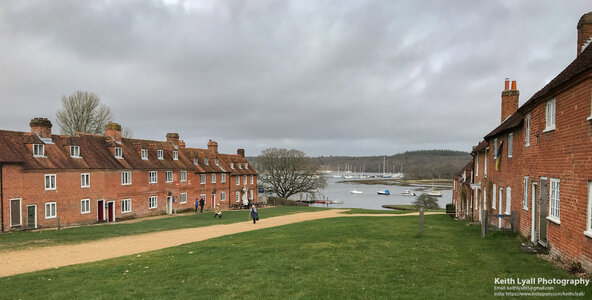
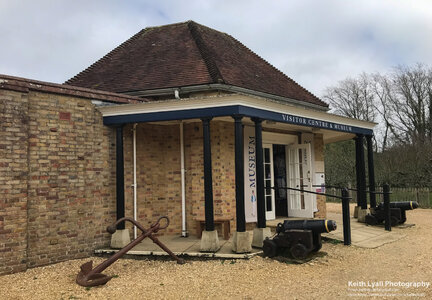
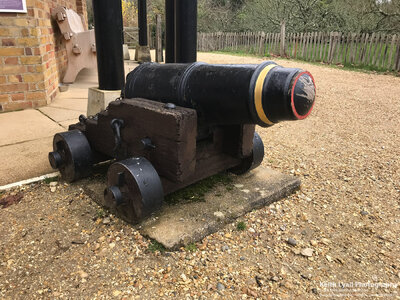
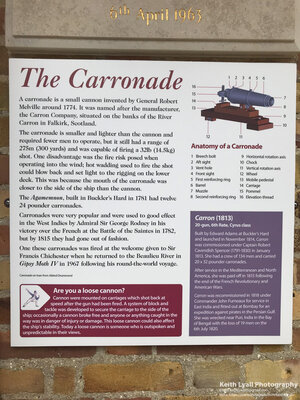
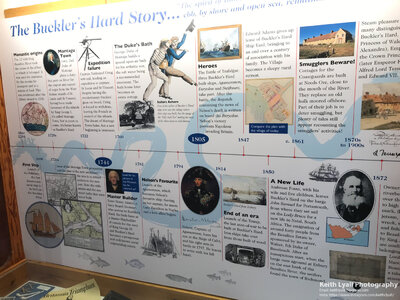
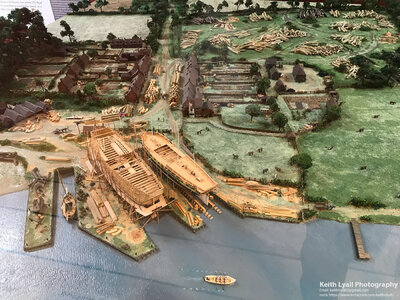
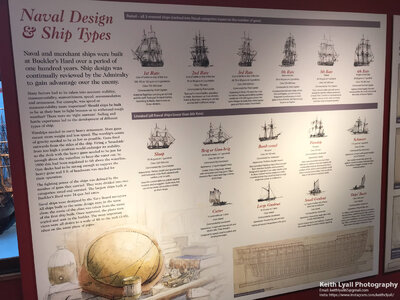
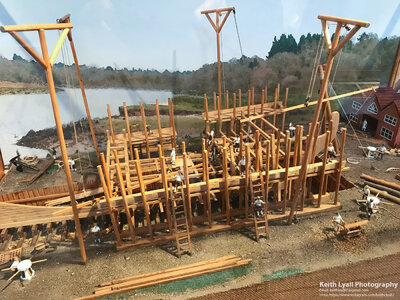

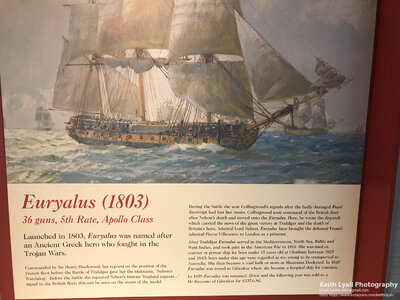
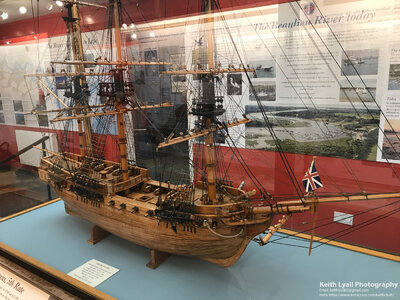
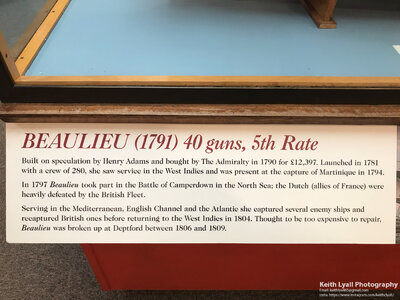
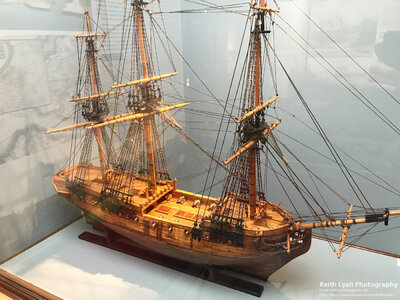
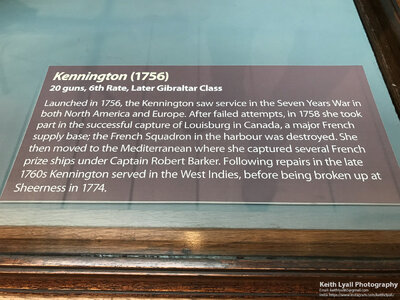
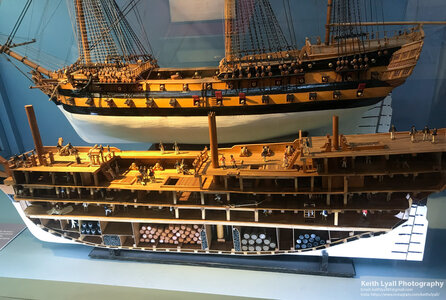
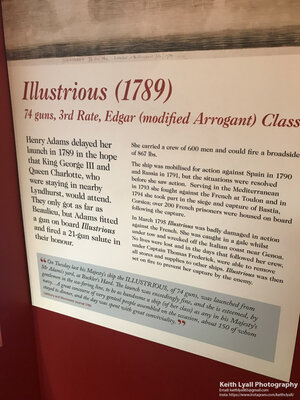
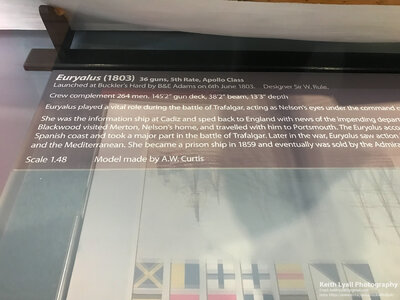
Shipbuilding at Buckler's Hard commenced in the early eighteenth century. A private shipyard adjoining the hamlet was established and won a contract to build the Navy ship HMS Surprise in 1744, and subsequently another, HMS Scorpion, at Buckler's Hard. After the completion of the initial ships Buckler's Hard won subsequent Royal Navy contracts. Over the following sixty years, 43 Royal Navy ships were built at Buckler's Hard, including three that fought at the Battle of Trafalgar in 1805: HMS Euryalus, HMS Swiftsure, and HMS Agamemnon.
Shipbuilding at Buckler's Hard declined in the nineteenth century. During World War II, the village was used to build motor torpedo boats, and the river was a base for hundreds of landing craft for the Normandy invasion, Operation Overlord. Today the hamlet is given over to tourism, with a small maritime museum and a modern yachting marina. Buckler's Hard was where Sir Francis Chichester began and finished his solo voyage around the world in the Gipsy Moth IV.
There is an interesting museum detailing the history of Buckler's Hard and well worth a visit if you are in the area. I have attached a few images from my visit for those that are interested, including a number of model ships.
























